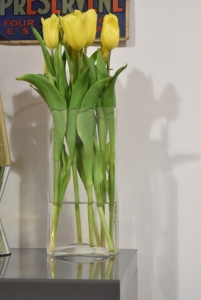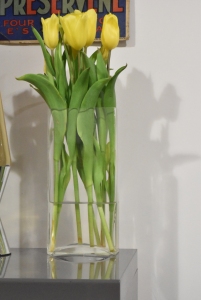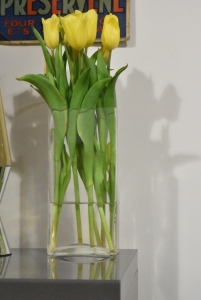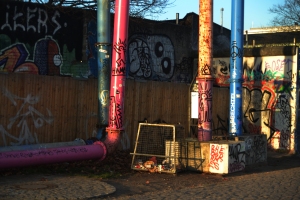For this exercise I have to take a series of identical photographs indoors in daylight of a scene that included some sharp detail and a textureless area like a white wall with some of the textureless area in shadow.
I had to set the camera on a tripod, use aperture priority setting to keep the depth of field consistent and take a series of images covering the whole range of ISO settings on my camera.
My Nikon D5500 ISO range is as follows:
100, 125, 160, 200, 250, 320, 400, 500, 640, 800, 1000, 1250, 1600, 2000, 2500, 3200, 4000, 5000, 6400, 8000, 10000, 12800, 16000, 20000 and 25600.
I’ve chosen to upload several pictures throughout the sequence, rather than the whole sequence.
100:
At the lowest ISO there is no noise whatsoever.
500:
At 500 the noise levels are still hardly present at all.
2000:
At 2000 the noise is starting to become evident.
8000:
At 8000 the noise is now extremely noticeable, especially in the shadowed area to the left of the vase.
16000:
At 16000 the image is covered with noise, making it appear to be of a much lower quality.
25600:
Finally at 25600 it’s totally speckled with noise, really reducing the overall quality. I would not want to submit a picture with this much noise.
Conclusion:
I’ve always been aware of the results of using a high ISO but this exercise really did enforce the importance of using the lowest possible, and the unwanted effects of using a high ISO. For this exercise I think anything over ISO 800 starts to show an unattractive amount of noise.













